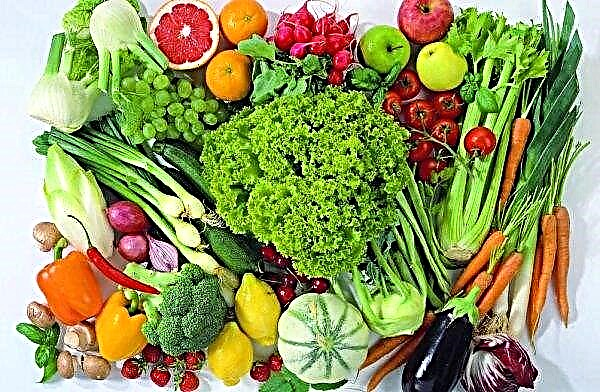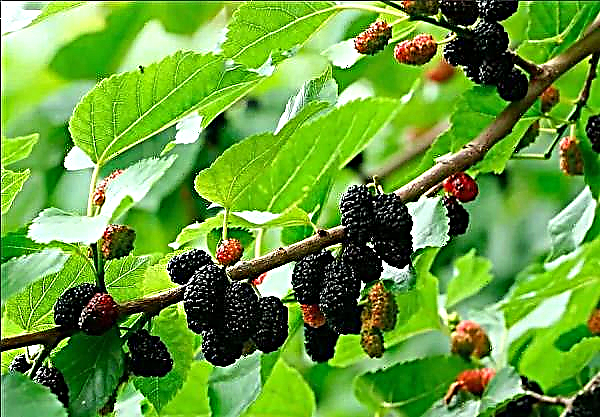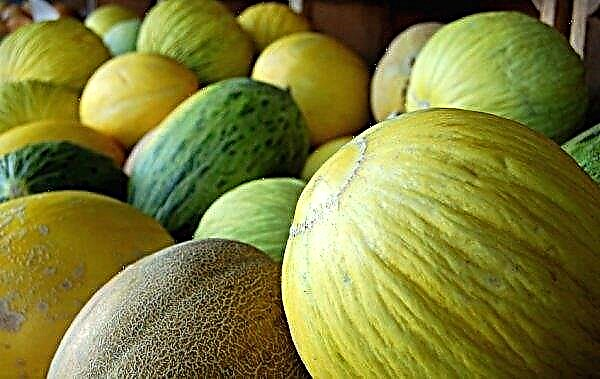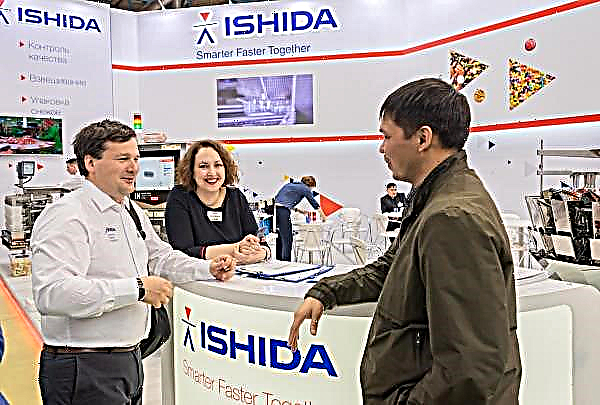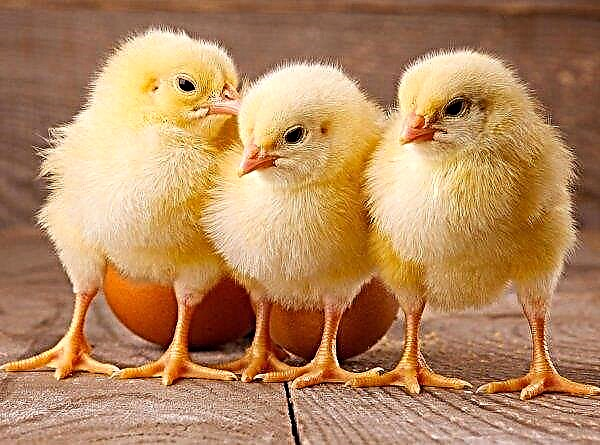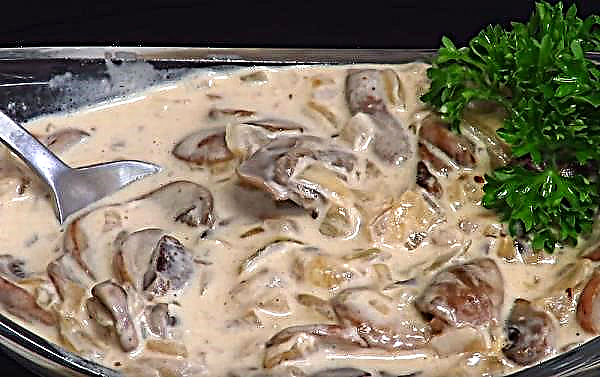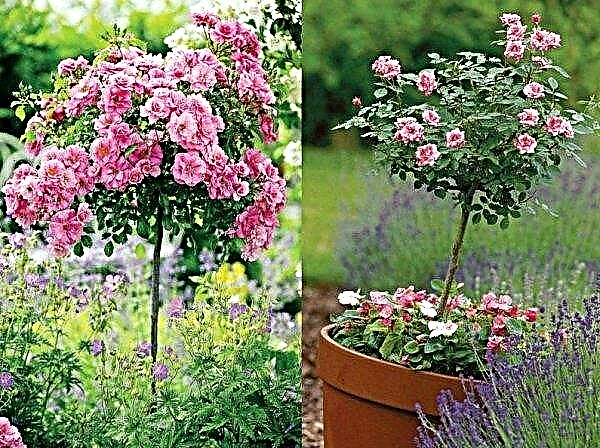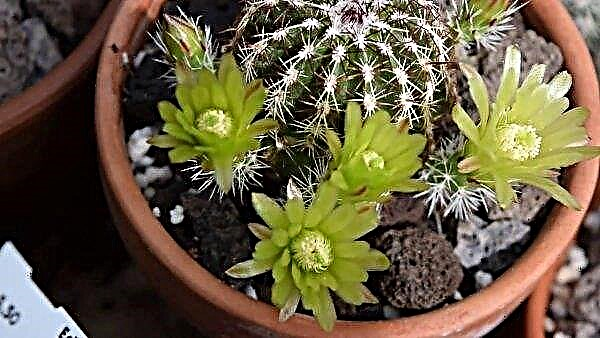Many gardeners complain that they do not grow well in greenhouses, or even stopped growing tomatoes. There can be many reasons for a slowdown in crop growth. The article indicates the possible causes, as well as methods that will help fix everything.
Why tomatoes grow poorly in a greenhouse
Most of the causes of poor tomato growth are due to non-compliance with the conditions for their cultivation.
Violation of conditions
For the growth and development of plants it is extremely important to observe temperature conditions. If there are deviations to lower indicators, the flowers will begin to fall off, since insects cannot pollinate them, and the self-pollination process will also not be able to fully take place. The fruits will grow small and poorly ripened. At high temperatures, the leaves begin to curl or change their direction of growth.

Humidity also plays a role in the growth of tomatoes. High rates provoke the development of various fungal diseases, which lead to a slowdown in the development of the bush. In humid conditions, the ovary does not form, since the pollen sticks together and cannot transfer to the pestle. Low humidity will contribute to the twisting of the leaves, and the fruits are poorly poured.
Did you know? Tomato fruits are about 95% water.
Lack of water
A lack of moisture can occur even with heavy watering, if it is irregular. In dire need of moisture and having received it, the plant redirects moisture to the fruit, which is why they begin to crack.

Growth may also stop with regular watering. This will be evidence that the plant lacks moisture. Because of this, the bush develops weakly and forms small fruits.
Diseases and pests
Often, slowing the growth of the bush and stopping the formation of fruits is associated with an attack of diseases and pests. If the temperature regime is observed, the humidity is maintained at the proper level, and the tomato grows poorly, then its foliage should be carefully examined.

On the reverse side, the foliage can be covered with cobwebs. This indicates the appearance of a tick. It absorbs nutrients from the plant, due to which the leaves begin to turn yellow, the ovary forms, but does not grow, the growth of the bush itself also stops.
Viral diseases can also attack the plant. They lead to deformation of the leaves, the growth of stepchildren without flower brushes, the formation of small fruits.
Landing area
For active growth and development, each bush needs a certain amount of nutrients that it receives from the soil. With a thickened planting of seedlings, tomatoes cannot develop a good root system and lack nutrients.

Because of the thickening, the sun's rays cannot fall on every leaf and flower. This leads to a malfunction in the pollination process (pollen becomes unviable) and, as a result, to a small number of fruits. Wanting to get more light, the bush tends to the sun, is greatly extended, spending only energy on growth.
Shortage or oversupply of fertilizer
Before the formation of the ovary begins, the plant actively builds up green mass. To do this, he needs nutrients, and, first of all, nitrogen-containing ones. The lack of this element leads to a decline in shoot growth, loss of leaf color, and an inactive process of ovary formation.
But an excess of nitrogen negatively affects the culture. It can easily be overfed with humus, as a result of which the bush is covered with plenty of foliage, many young shoots will appear on it, and the fruits will become covered with yellow spots and eventually begin to crumble.
Affects the amount of nitrogen in the soil and the absorption of other elements by tomatoes. Their lack may be manifested as follows:
| Element | Shortage symptoms |
| Fluorine | The shoots are slowly growing and thinning, the leaves are dull |
| Potassium | Leaves die off, fruits are covered with stains |
| Sulfur | The stems become hard and thin |
| Calcium | Growth points die off |
| Magnesium | Leaves become “marbled” |
| Iron | Leaves turn yellow |
| Boron | The fruits crack, the stem core turns black |
| Copper | Massively showered flowers, stepsons cease to grow, the plant withers |
| Zinc | No new shoots are formed, the leaves are smaller |
Important! Many forget that the growth of a bush and the ripening of tomatoes depends on how stepsons are removed. Without this procedure, the green mass of the bush will be plentiful. Many fruits will also appear, but they will be small.
What to do
All the problems described above are easily fixed. The main thing is to replace them in time and take the necessary measures.
Recovery of optimal conditions
Tomatoes love heat, therefore the optimum temperature for their growth is + 24 ° C- + 28 ° C. In the summer, this temperature range is maintained due to the ventilation of greenhouses and the shading of plants, and in spring - by heating.

You also need to remember that for pollination in certain weather and time of day must have its own temperature. On sunny days it is + 24 ° C- + 28 ° C, on cloudy days - + 20 ° C- + 22 ° C, at night - + 18 ° C- + 19 ° C. A temperature of +32 ° C is more harmful for pollen. It becomes sterile. And vice versa: if the temperature drops below +15 ° C, pollen will not ripen at all.
Tomatoes love the roots to be wet and the greens dry. Therefore, it is necessary to control that in the greenhouse the soil moisture does not exceed 75%, and air humidity - 65%. Regular airing of greenhouses, as well as the shading of their southern part with the onset of hot days, will help maintain moisture at the proper level.
So that tomatoes do not grow densely in the greenhouse, you need to adhere to such standards for their planting:
- 8-6 bushes per square. m - for superdeterminant varieties;
- 5-4 bushes per sq. m - for determinants;
- 1-2 bushes per square meter - for indeterminate.

Watering and fertilizer application
So that the tomatoes receive a sufficient amount of moisture and do not crack in a polycarbonate greenhouse, they need to be watered after 3-4 days, spending 4-5 liters of water on the bush.
If the greenhouse is glass, then you can water it three times in 14 days, spending 3-4 liters of water on the bush. You need to irrigate the plants with warm, settled water in the evening or in the morning (and so that moisture does not get on the foliage).
If you want the tomatoes planted in the greenhouse to take root well and begin to grow actively, the soil should be enriched with nutrients. When the seedlings are planted, after two weeks it should be fed with a solution of mullein or litter.

The following nutrient additions are carried out every one and a half to two weeks. Here's what you can feed the plants: trace elements (four times per season), nitrophosphorus or azophos.
Nitrogen as an important element is introduced into the soil as needed. The appearance of tomatoes will help determine the moment of need for application: yellow foliage will appear.
Did you know? Typically, heat treatment degrades the quality of fruits and vegetables, taking away nutrients from them. With tomatoes, the opposite is true. Two minutes of heat treatment increase the amount of lycopene (antioxidant) by 1/3.
Bushes garter
Among the existing methods of garter for greenhouse tomatoes, many prefer:
- Stakes. The support can be metal, wooden, plastic. Its length should be 27-30 cm more than the height of an adult bush.

A peg is placed in the hole at the time of planting seedlings in it. You need to deepen it by 27-30 cm. The bush is tied to a support with a cloth, rope or twine.
Important! It is advisable to use stakes in the greenhouse if the tomatoes are undersized varieties.
- Horizontal trellis. This is a fairly reliable way to garter tall varieties of tomatoes. High supports are driven into the soil at a distance of 1.3-2 m from the ends of the beds. Between them, in increments of 37-40 cm, a wire or twine is stretched. As the bush grows, its stem along with branches is sent either behind or in front of the rope. If the brushes are large, then they also need to be attached to the wire with special hooks.
- Vertical trellis. A rope should descend from the ceiling of the greenhouse above each bush (or drive powerful high bars and pull the rope over the top). On this rope above each bush one more is attached, with the help of which the bush is tied up as it grows. This method minimizes trauma to the culture. You can tie the stem to the rope for the first time, and then simply wrap it around it.

Preventative measures
In order for tomatoes to be less attacked by diseases and pests, it is necessary to carry out such preventive measures:
- monitor the predecessors of the culture and do not plant tomatoes twice in one place;
- dig up the bed before frost (this will get rid of larvae and spores);
- remove all plant residues from the beds;
- disinfect the soil before planting;
- disinfect the greenhouse in spring and autumn;
- periodically update the topsoil;
- carry out planned processing of the culture with Bayleton, Actellik, Farmayd-3 preparations.
Useful Tips
A few useful tips from experienced gardeners may come in handy too:
- Use only warm water for watering tomatoes. Spray irrigation early in the morning or late in the evening.
- It is better to water the plant often and slightly than rarely and abundantly.
- Do not use independently harvested tomato seeds every year. This leads to a loss in the quality of the variety.
- Choose your seeds carefully. There are those that grow only in open ground, and greenhouse conditions for them will be disastrous.
- Before planting, disinfect the soil with copper sulfate: 75 g per 10 liters.

All manipulations are simple, do not require special skills. By taking into account the recommendations for growing tomatoes, you can avoid unforgivable mistakes and keep the crop.





